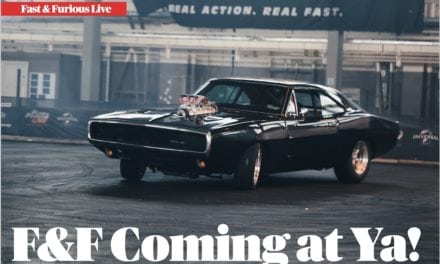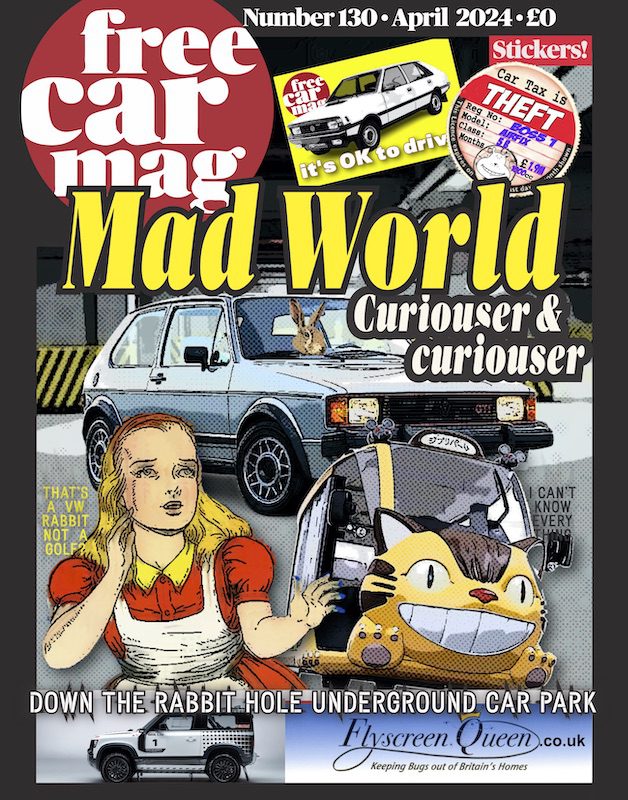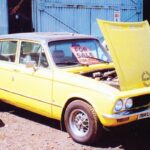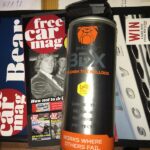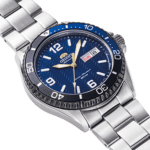When you want to make a decent car advert then car companies really have to use a proper photographer like Annie Leeibovitz. Even though we will never be able to officially buy the Lincoln in question, you have to agree it looks rather brilliant. Proper art.
According to Lincoln Annie is a photographer who does her homework, seeking and sifting for just the right raw materials to immortalize an image that speaks to the best of that particular moment of a story, but has the resonance to make an impact far into the future. In this way, she’s able to build a timeless narrative into each frame.
“What is a road trip? What does Lincoln Continental mean? Well, [Annie] found out about the [Lincoln transcontinental] highway,” says production designer Mary Howard. “So we got some maps that showed it, just to have around for the authentic feel — like method acting, sort of method set designing, method photography.”
And it has to look real. In seeking to capture moments as close to life as possible, Annie prefers to avoid having sets built. Instead, she opts to shoot on location whenever possible and let the natural backdrop make its own statement.
To find the perfect natural setting, Annie sent her location manager, Ernie Liberati, out to scout for vast spaces that felt like those you might encounter on an epic transcontinental adventure — all within a two-hour range of New York City.
“[Annie said] we need wide open spaces, great roads, large bodies of water — if you’re driving across America, different aspects of what you might see on that kind of trip,” says Ernie. “It’s a tall order.”
In the end, the team settled on a blend of locations that spoke to the sum of road trip experiences: a drive beginning in Red Hook, Brooklyn, with a stop at the slate gray waters off Floyd Bennett Field en route to a dramatic onion field in upstate New York. The challenge then lay in cultivating a sense of movement in the stillness.
Getting the shot itself takes a level of refinement few photographers would be prepared to emulate. For Annie, audience perspective is key, and she has a method for achieving the perfect vantage point down to a science — one which involves a collection of wooden stools, each trimmed to a precise height to adjust the viewer’s line of sight.
The ultimate refinement, however, comes in her restraint, in knowing how to edit an image even before she takes it. This was a lesson Annie learned while summiting Mt. Fuji at sunrise, immediately after purchasing her first professional camera. As the sun slid over the horizon, she discovered that she had forgotten to pack extra film, and had just a couple of precious frames left to get it right. This perception of value carries over to this day, to her digital photography, where she makes every shot count.
“She has to find that one moment in time that tells the whole story,” Ben says. “Yesterday, we set up a shot with Annie. It didn’t work for her and we scrapped it. [As a filmmaker], I would have just shot it thinking, ‘Oh, it’s digital now. We’re not shooting film.’ But she’s willing to walk away, which I thought was something I could learn from.”



